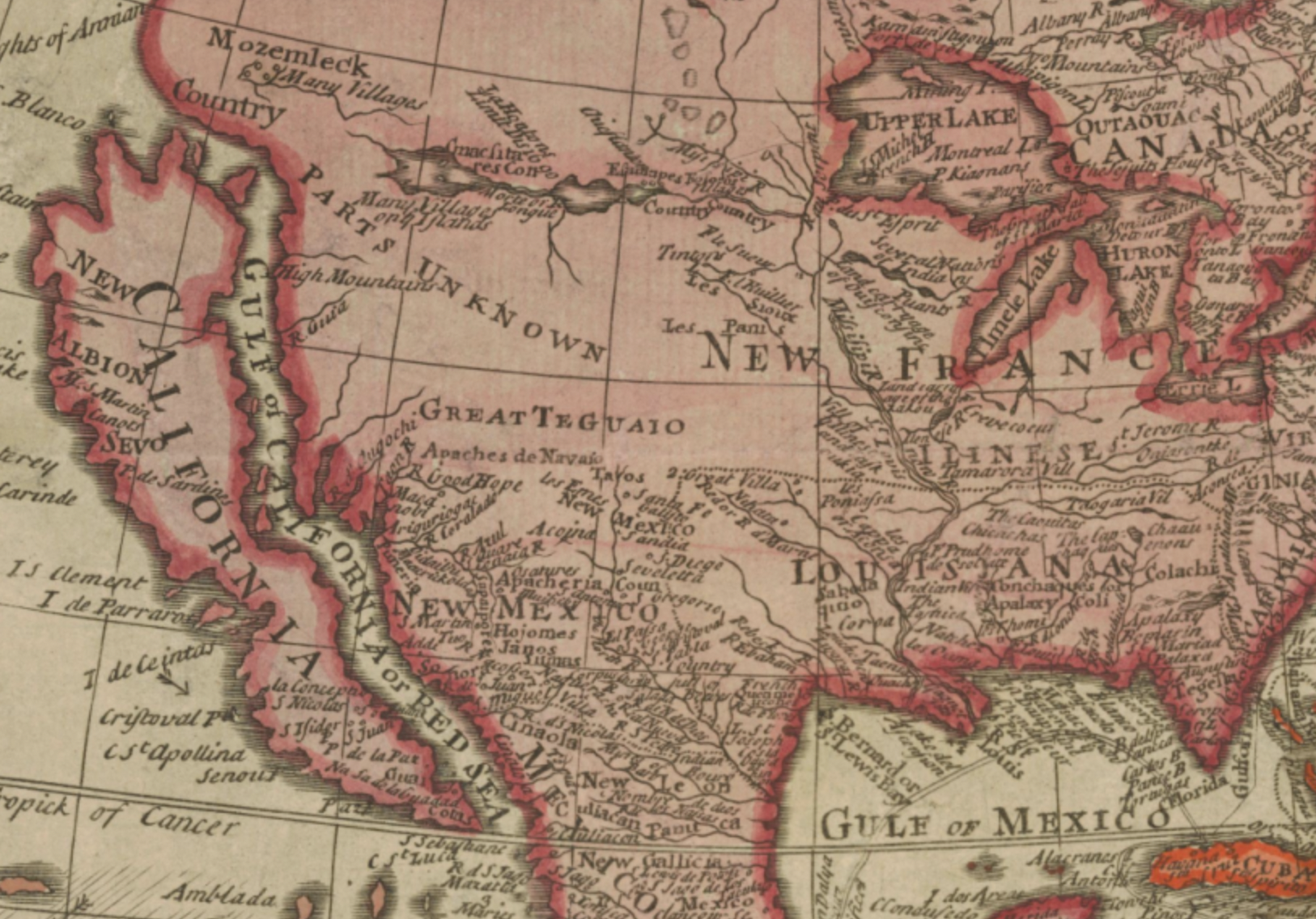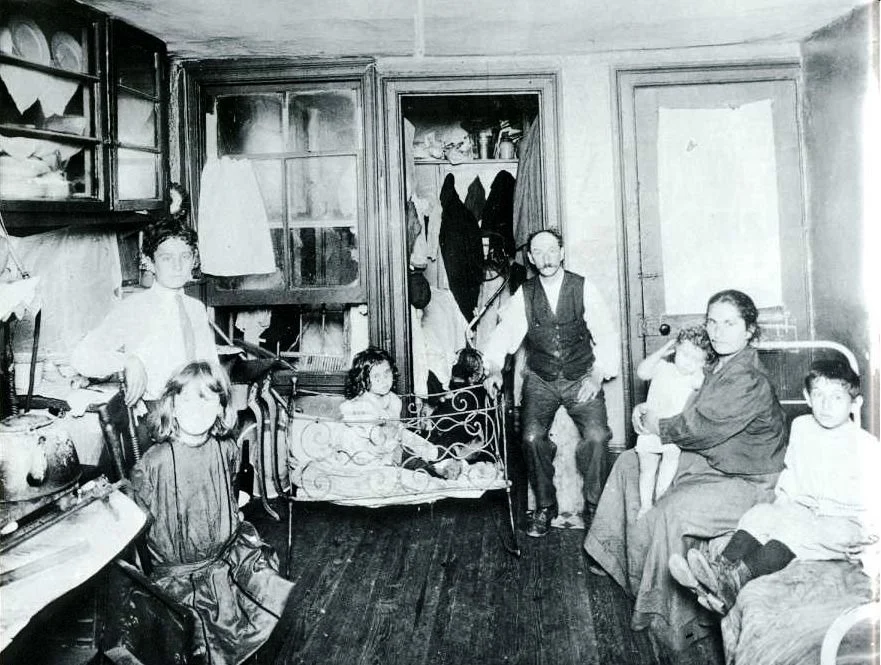At the 45th Academy Awards, Marlon Brando won the Best Actor award for his performance in The Godfather — but sent a Native American civil rights activist named Sacheen Littlefeather to decline it on his behalf. “The twenty-six-year-old activist took the stage in a fringed buckskin dress and moccasins,” writes the New Yorker’s Michael Schulman. “When she explained that Brando’s reasons for refusing the award were Hollywood’s mistreatment of Native Americans and the standoff in Wounded Knee, South Dakota, there were loud boos and scattered cheers.”
More seventies things have happened, but surely not many. With time, Schulman writes, “the whole thing cemented into a pop-culture punch line: preening actor, fake Indian” — the “crying Indian” environmental PSA had aired just a few years before — “kitschy Hollywood freak show. But what if it wasn’t that at all?”
Almost half a century later, this notable chapter in Oscars history has come back into the news in the wake of the Academy of Motion Picture Arts and Sciences’ official apology to Littlefeather. It’s now more widely understood who Littlefeather is, and what Brando was going for when he made her his emissary that night in 1973.
Brando wasn’t especially hesitant to explain his actions even at the time: less than three months after the event, he laid out all his reasons on The Dick Cavett Show. “I don’t think that people generally realize what the motion picture industry has done to the American Indian,” he tells Cavett. “As a matter of fact, all ethnic groups.” He then runs down the “silly renditions of human behavior” delivered nightly on television, highlighting the phenomenon of “Indian children seeing Indians represented as savage, as ugly, as nasty, vicious, treacherous, drunken.”
Such clichéd portrayals were what Brando meant to address by speaking through Littlefeather. But the public’s immediate reaction, as Cavett puts it, went along the lines of, “There’s Brando jumping on a social-cause bandwagon now, getting in on the Indians.” They’d forgotten that the actor’s connection with Native American causes went back at least to 1964, when he was arrested at a Pacific Northwest “fish-in” by the Puyallup tribe protesting the denial of their treaty rights. And as Littlefeather’s fêting by the Academy shows, that connection has long survived even Brando himself.
Related content:
Albert Einstein Sports a Native American Headdress and a Peace Pipe at the Grand Canyon, 1931
The Godfather Without Brando?: It Almost Happened
Based in Seoul, Colin Marshall writes and broadcasts on cities, language, and culture. His projects include the Substack newsletter Books on Cities, the book The Stateless City: a Walk through 21st-Century Los Angeles and the video series The City in Cinema. Follow him on Twitter at @colinmarshall or on Facebook.




